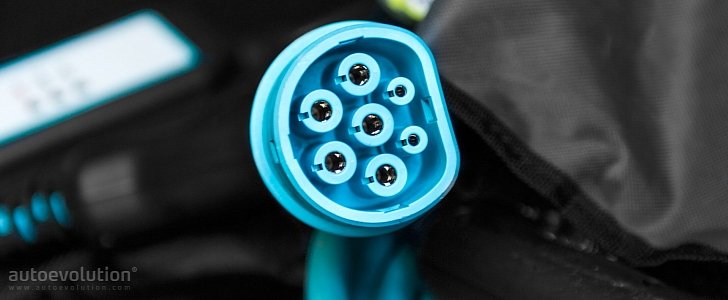It’s been said over and over again that the only thing limiting a wide-spread adoption of electric vehicles is the range limitation that gives birth to range anxiety. Basically, it’s the batteries’ fault.
Another thing people (smart people) have been saying is that current Li-Ion technology will soon reach its limits, beyond which any further performance increase will be impossible. We may not have reached that stage just yet, but we’re damn well close, and current maximum range for the existing EVs isn’t that great.
Battery development will play a crucial role in tomorrow’s world, and we’re not talking about the automotive industry alone. But whatever happens, a viable solution will have to use widely available materials, otherwise the rush for oil will turn into a rush for that one specific rare material, and we’re back to square one.
There are a lot of studies going on, but none have released any significant findings that could be easily put into mass production yet. Still, the scientific community is confident a solution will be found to store energy in the most efficient way possible.
One such finding comes from a team at the University of Cambridge’s Department of Chemistry. Without getting into the field’s specific jargon (not that we could even if we wanted to), what these guys did was come up with a simpler way of engineering Li-air batteries using graphene (another British invention that was said to have multiple uses in various fields at the time, a prediction that has just been proven right).
With two battery packs of the same weight, one using Li-Ion technology, the other Li-Air, the latter is ten times more efficient, which would mean electric cars with maximum ranges similar to those of conventional engined cars. The only real question now is how easy would it be to enter mass production and how much will it cost? Because if the answers are “pretty easy” and “certainly not more than Li-Ion batteries,” then somebody might have just found the way forward for EVs.
Battery development will play a crucial role in tomorrow’s world, and we’re not talking about the automotive industry alone. But whatever happens, a viable solution will have to use widely available materials, otherwise the rush for oil will turn into a rush for that one specific rare material, and we’re back to square one.
There are a lot of studies going on, but none have released any significant findings that could be easily put into mass production yet. Still, the scientific community is confident a solution will be found to store energy in the most efficient way possible.
One such finding comes from a team at the University of Cambridge’s Department of Chemistry. Without getting into the field’s specific jargon (not that we could even if we wanted to), what these guys did was come up with a simpler way of engineering Li-air batteries using graphene (another British invention that was said to have multiple uses in various fields at the time, a prediction that has just been proven right).
With two battery packs of the same weight, one using Li-Ion technology, the other Li-Air, the latter is ten times more efficient, which would mean electric cars with maximum ranges similar to those of conventional engined cars. The only real question now is how easy would it be to enter mass production and how much will it cost? Because if the answers are “pretty easy” and “certainly not more than Li-Ion batteries,” then somebody might have just found the way forward for EVs.

